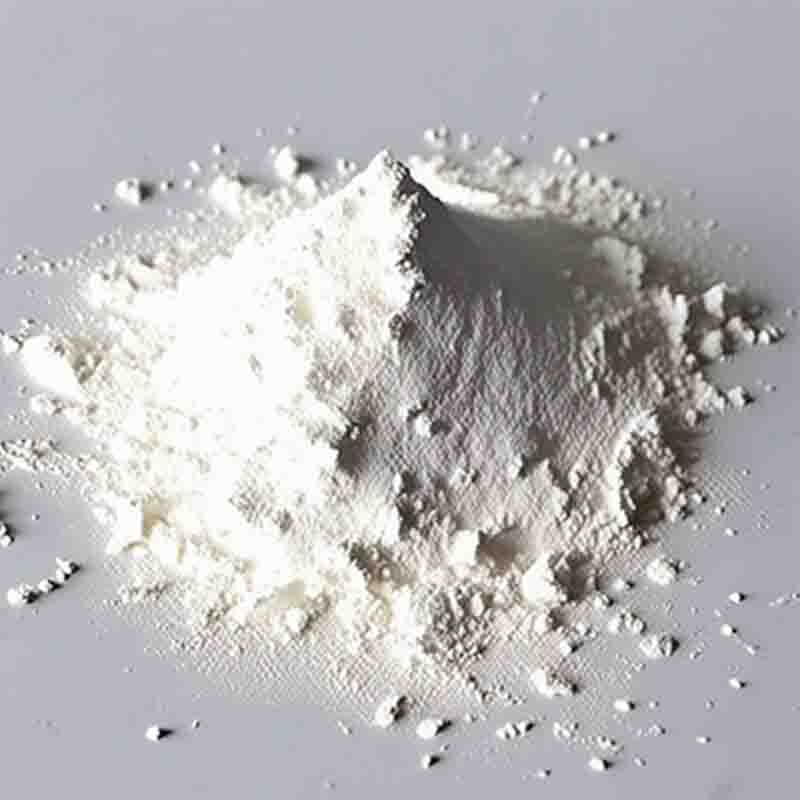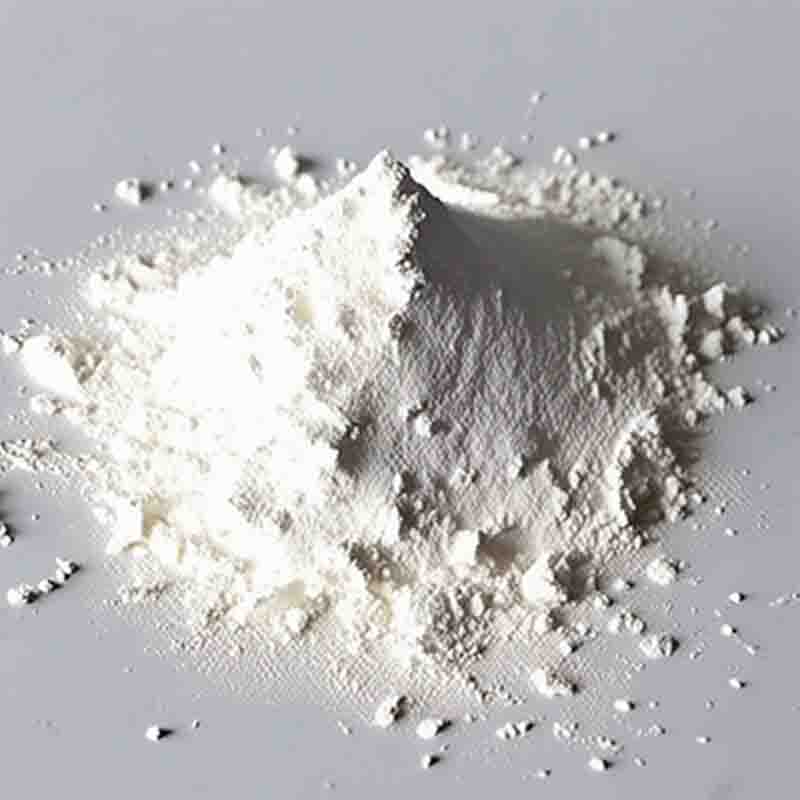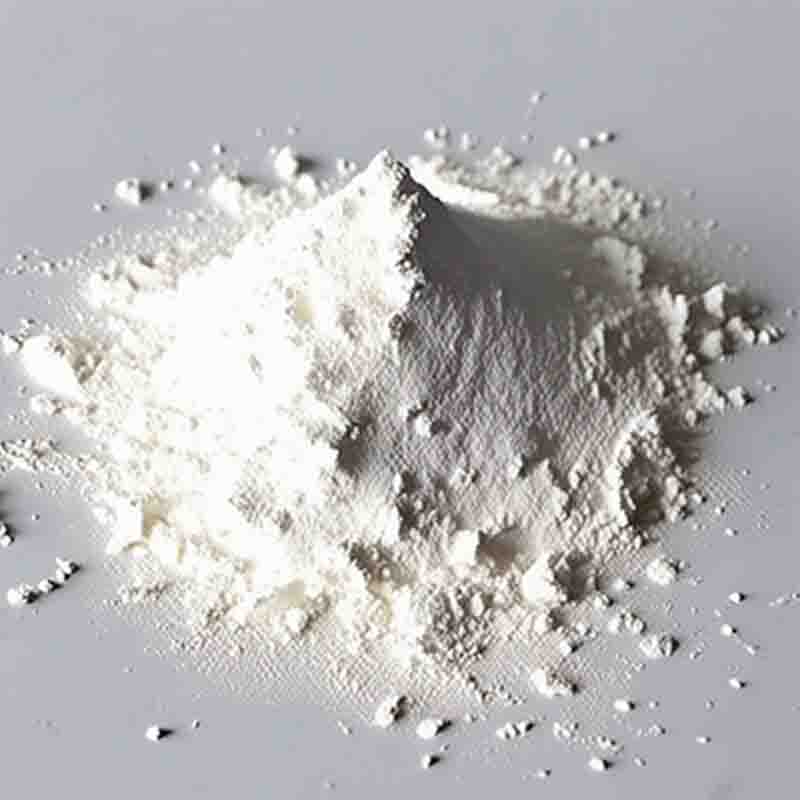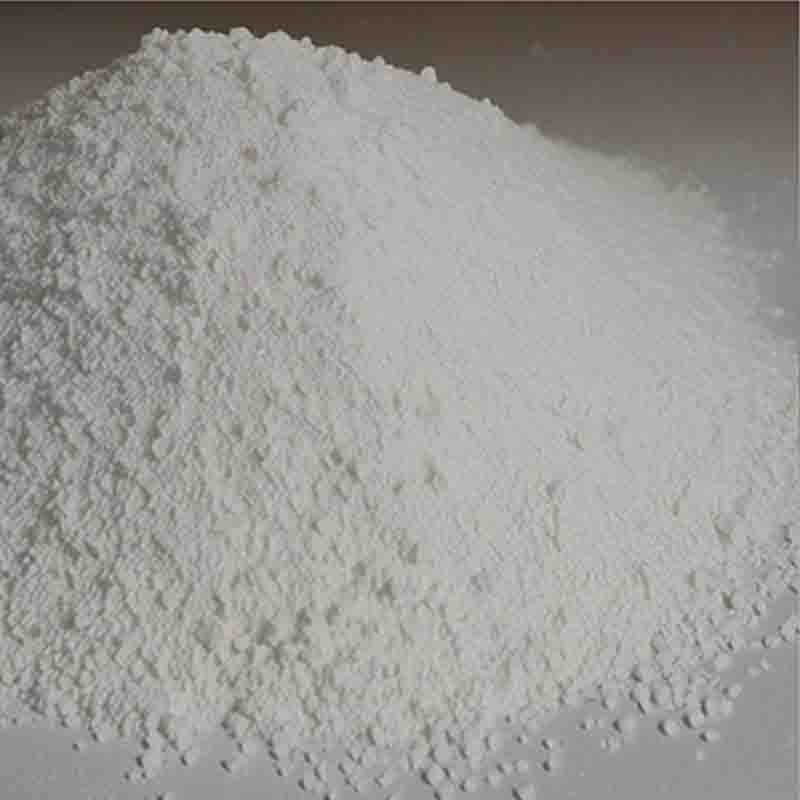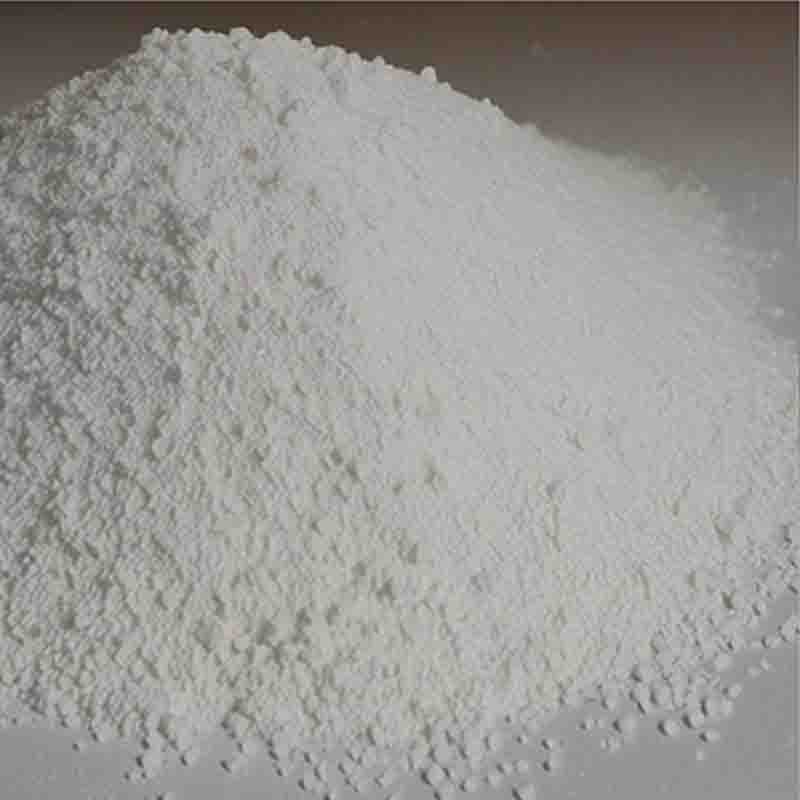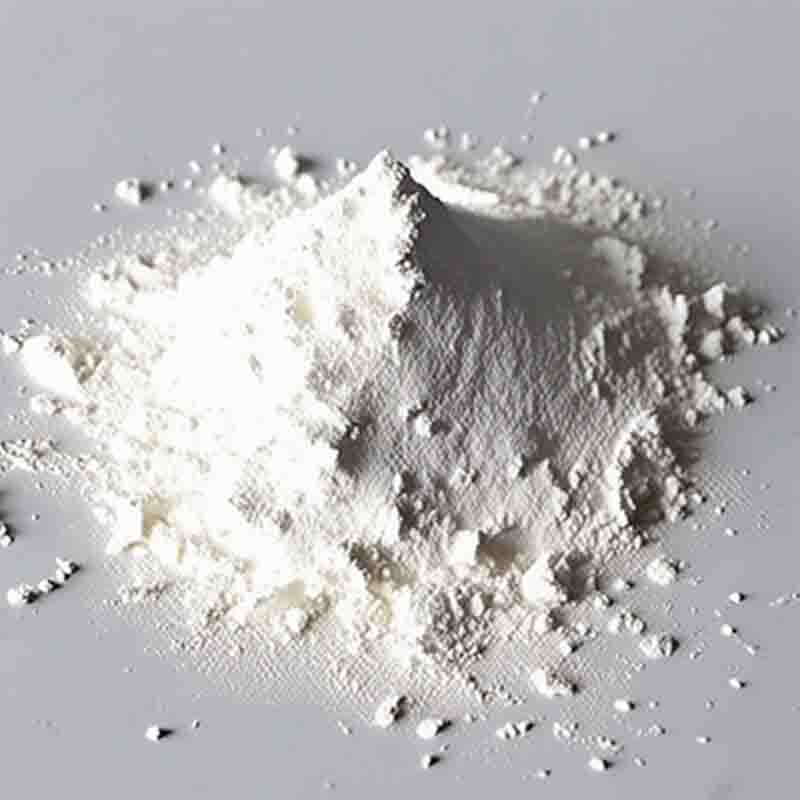N-Boc-trans-4-hydroxy-L-proline methyl ester CAS: 74844-91-0
| Catalog Number | XD94131 |
| Product Name | N-Boc-trans-4-hydroxy-L-proline methyl ester |
| CAS | 74844-91-0 |
| Molecular Formula | C11H19NO5 |
| Molecular Weight | 245.27 |
| Storage Details | Ambient |
Product Specification
| Appearance | White powder |
| Assay | 99% min |
N-Boc-trans-4-hydroxy-L-proline methyl ester, also known as Boc-THP methyl ester, is a chemical compound that finds significant utility in organic synthesis and pharmaceutical research.One of the main applications of N-Boc-trans-4-hydroxy-L-proline methyl ester is its use as a protected amino acid derivative in peptide synthesis. Peptides are important biomolecules and serve as crucial tools in both research and therapeutic applications. N-Boc-trans-4-hydroxy-L-proline methyl ester is often utilized as a substrate for incorporation into peptide sequences due to its unique properties. The Boc (tert-butyloxycarbonyl) protecting group on the nitrogen atom aids in maintaining the stability of the amino acid during the synthetic steps, preventing undesired reactions and ensuring high yields. Subsequently, after the synthesis of the peptide is complete, the Boc protecting group can be selectively removed, revealing the free amino acid, which can then participate in further reactivity or be utilized for biological studies.Moreover, N-Boc-trans-4-hydroxy-L-proline methyl ester is employed in the preparation of structurally diverse natural product mimetics. Natural products are known for their wide range of biological activities, and by modifying their structures, researchers can develop analogs with improved properties. By incorporating N-Boc-trans-4-hydroxy-L-proline methyl ester into these analogs, it becomes possible to explore structure-activity relationships and optimize the therapeutic potential of new drug candidates. The methyl ester functionality also contributes to the compound's stability, allowing for easier handling and storage in the laboratory.Additionally, N-Boc-trans-4-hydroxy-L-proline methyl ester serves as an intermediate in the synthesis of various heterocyclic compounds. These compounds contain one or more rings that include atoms other than carbon, such as nitrogen, oxygen, or sulfur. The presence of the N-Boc-trans-4-hydroxy-L-proline moiety provides a stereochemical foundation for the construction of diverse heterocyclic frameworks, which are important in medicinal chemistry. Heterocyclic compounds often exhibit unique pharmacological activities, including antimicrobial, antiviral, and anti-inflammatory properties. The versatility of N-Boc-trans-4-hydroxy-L-proline methyl ester allows chemists to produce a wide range of heterocyclic derivatives, enabling the exploration of novel targets for drug discovery.In summary, N-Boc-trans-4-hydroxy-L-proline methyl ester plays a crucial role in peptide synthesis, serving as a protected amino acid derivative for the construction of peptides with desired sequences. Its stability and selective deprotection make it an essential building block in this process. Moreover, its involvement in the synthesis of natural product mimetics and heterocyclic compounds enables the design of novel drug candidates with improved therapeutic properties. Continued research and exploration of the applications of N-Boc-trans-4-hydroxy-L-proline methyl ester will likely lead to further advancements in the field of organic synthesis and pharmaceutical development.


